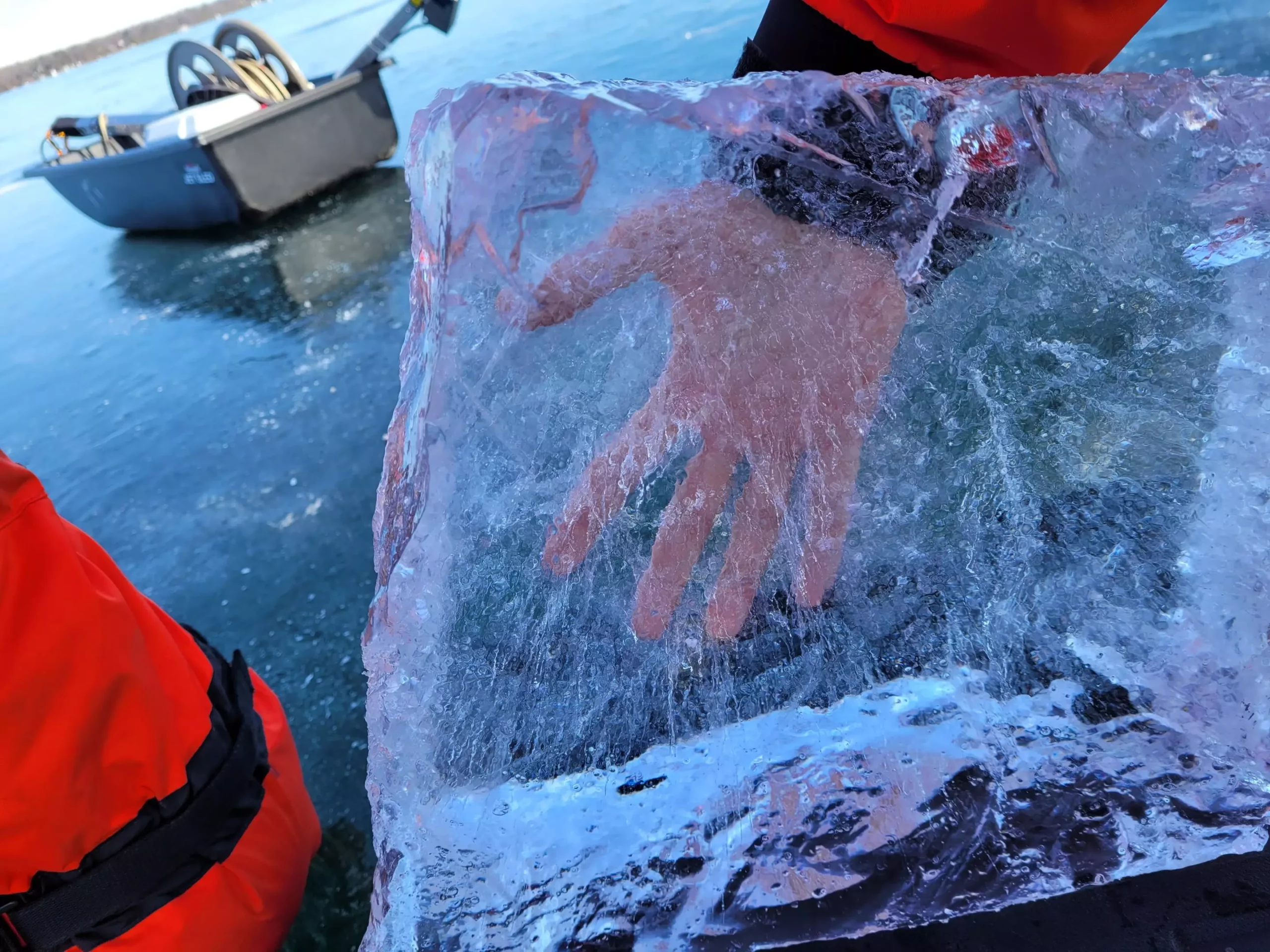As winter envelops Northern climates, many embrace the season by taking to local frozen lakes for recreational activities like hockey, skating, or ice fishing. The pristine white surface of crusted ice can appear inviting at a glance. However, a study from York University reveals that these seemingly safe environments hide a perilous reality—changing climate conditions are compromising ice quality and safety at alarming rates. This article explores the implications of these findings, stressing the need for greater awareness and caution regarding lake ice conditions.
Lake ice consists primarily of two forms: white ice and black ice. White ice is characterized by its opaque appearance, laden with air bubbles and smaller ice crystals, compromising its structural integrity. Conversely, black ice is clear and strongly bonded, a result of larger crystals and fewer air pockets that make it significantly more robust. According to Professor Sapna Sharma from York University, the ability of ice to bear weight is paramount: “Ice quality is important because of its direct implications for load bearing capacity for human safety.” As climate change reshapes ice formation, these distinctions become crucial for anyone venturing onto frozen lakes.
The study led by Postdoctoral Fellow Joshua Culpepper examines how warmer winters are causing unpredictable variations in ice thickness and quality. As temperatures fluctuate, the balance between white and black ice is disrupted, leading to layers that may appear deceptively stable. Despite the superficial thickness, the presence of an inadequate amount of black ice raises serious questions about load-bearing safety. The research indicates that people may not recognize when it’s unsafe to skate or snowmobile due to this dangerous transformation.
Culpepper notes, “Thickness alone is no longer a good predictor of safe ice.” This assertion serves as an urgent warning—what may seem sufficiently thick can mask a dangerous reality. He elaborates, “For someone to skate safely, you need about 10 centimeters or four inches of black ice.” Unfortunately, the findings suggest a rise in dangerous white ice conditions, which complicates safety measures typically relied upon.
The tragic outcomes of underestimating ice safety are stark. Last winter alone, instances of fatalities due to falling through thin ice were reported, with several deaths in Canada and Finland, highlighting a severe public safety crisis. The rising number of such occurrences serves as a grim reminder that the traditional benchmarks for ice safety no longer apply effectively in the context of climate change.
Furthermore, the implications extend beyond immediate recreational risks; transportation routes dependent on robust ice for access to remote communities are increasingly jeopardized. With predictions estimating a staggering 95 to 99 percent loss of ice road infrastructure, many communities could find themselves isolated and deprived of essential resources during winter.
The qualitative shift in ice structures also bears significant impacts on the aquatic life beneath. Phytoplankton, invertebrates, and fish ecosystems rely on light penetrating through the ice to remain healthy. With the prevalence of white ice, which is less transparent, the quality of underwater environments is severely compromised. This concern highlights the interconnectedness between climate conditions, ice quality, and underwater ecosystems, emphasizing the need for holistic understanding and monitoring.
Culpepper’s observation about the lack of comprehensive data on ice quality calls for immediate attention. “The surprising lack of data we have on ice quality broadly is alarming,” he remarks. To elevate safety measures for ice activities and protect aquatic ecosystems, regular assessment of both black and white ice thickness must become a priority.
The revelations from the York University study serve as a critical wake-up call for winter sports enthusiasts, policymakers, and the general public. While ice may look inviting, its surface can often conceal a shaky reality. Enhanced awareness of the dangerous transformation in ice quality due to climate change is crucial for fostering safety and protecting lives.
As we navigate the challenges posed by a rapidly changing climate, individuals must exercise caution and remain informed. Always assess ice conditions before venturing onto frozen lakes and advocate for regular monitoring efforts to inform community safety strategies. With proactive measures, we can potentially mitigate the dangers associated with unstable ice and help sustain the winter traditions we cherish.

